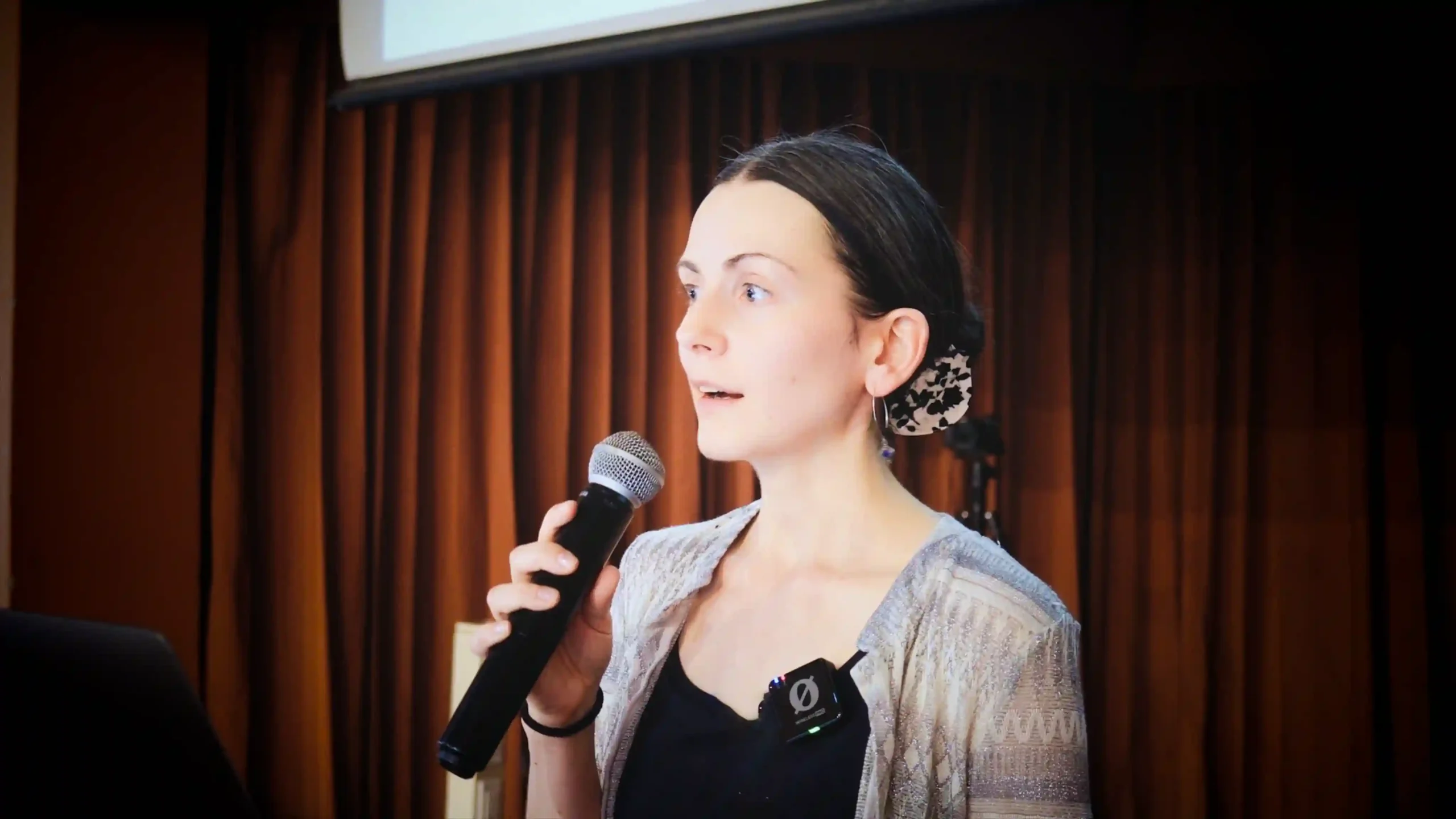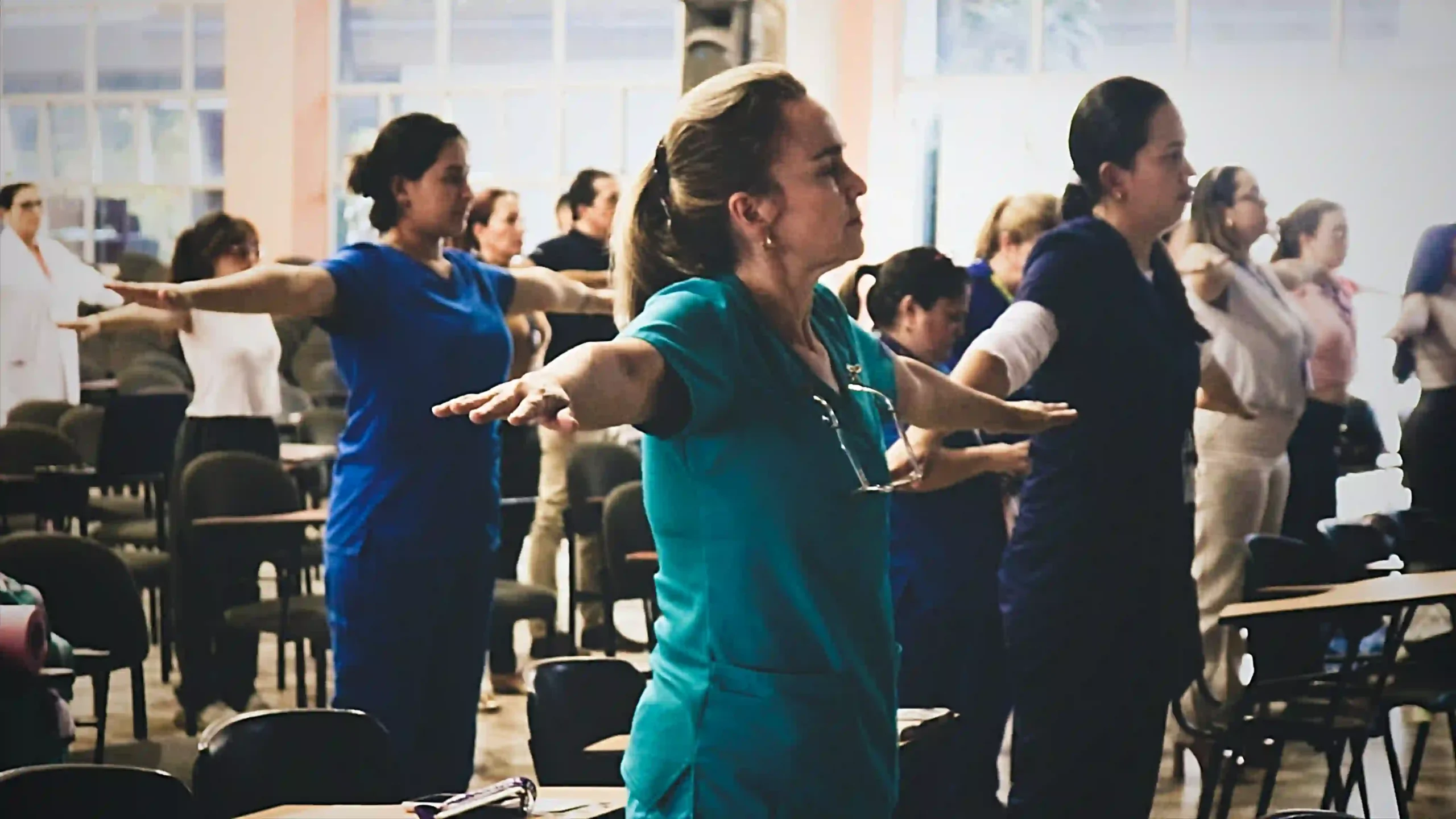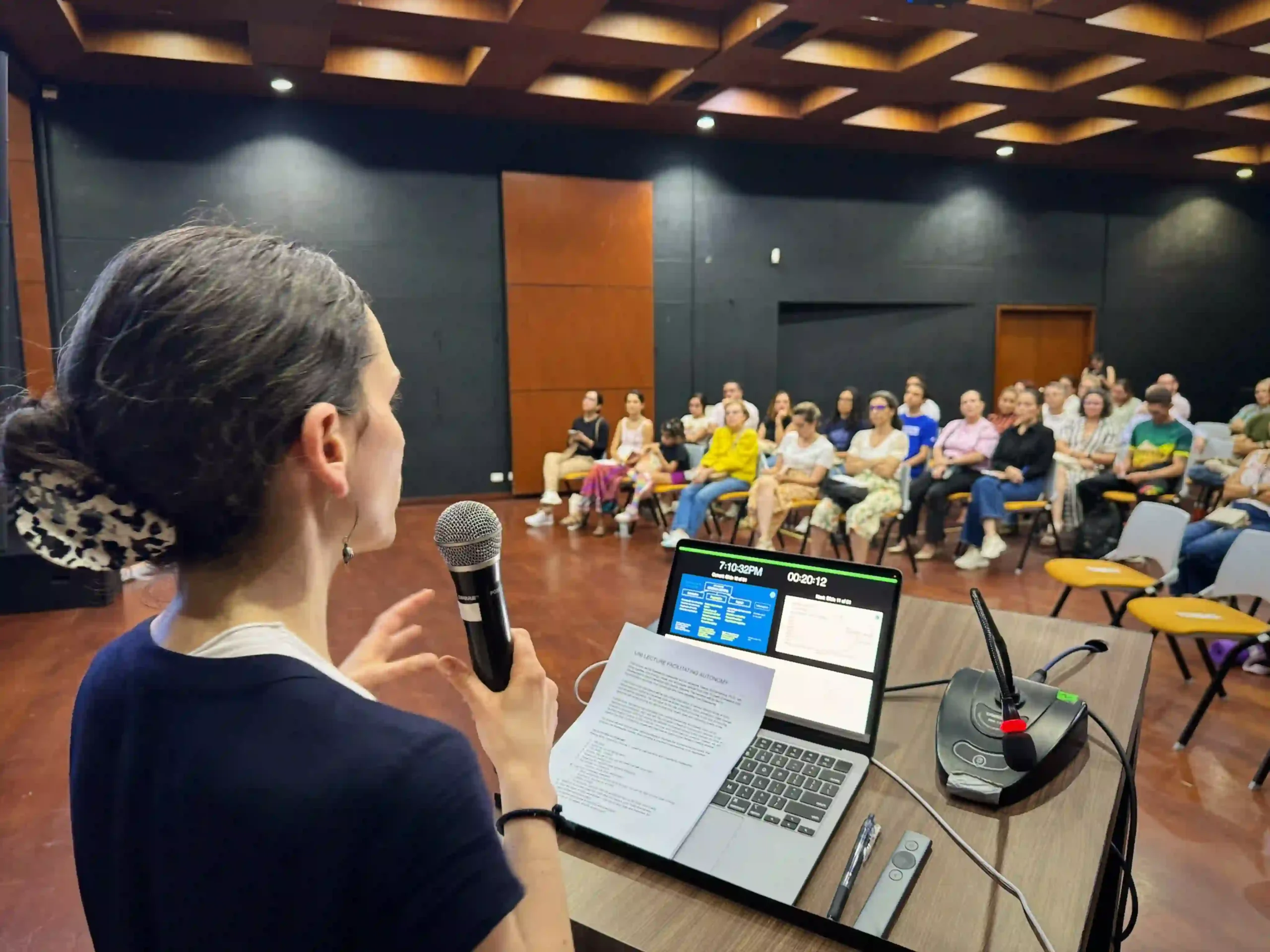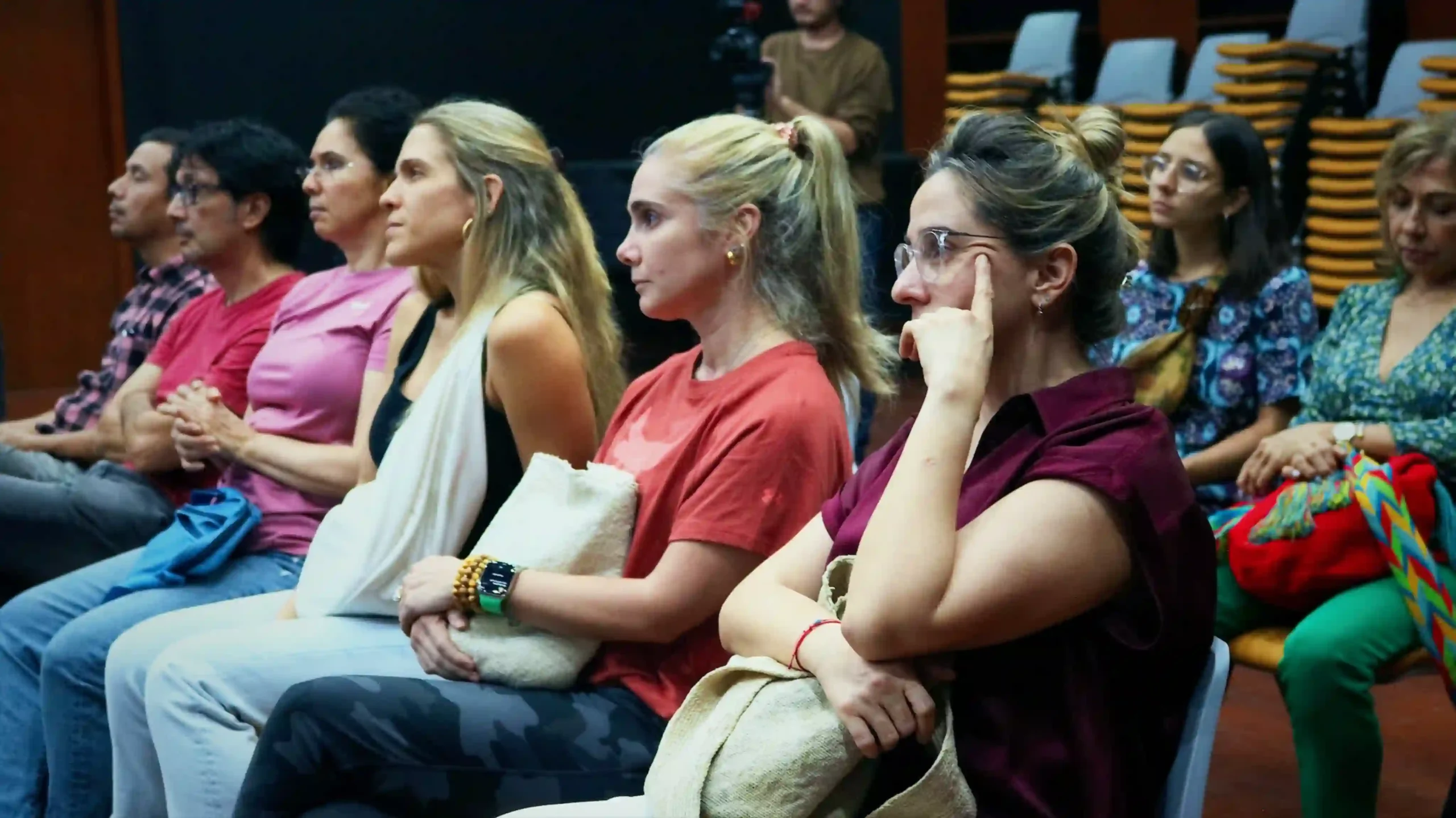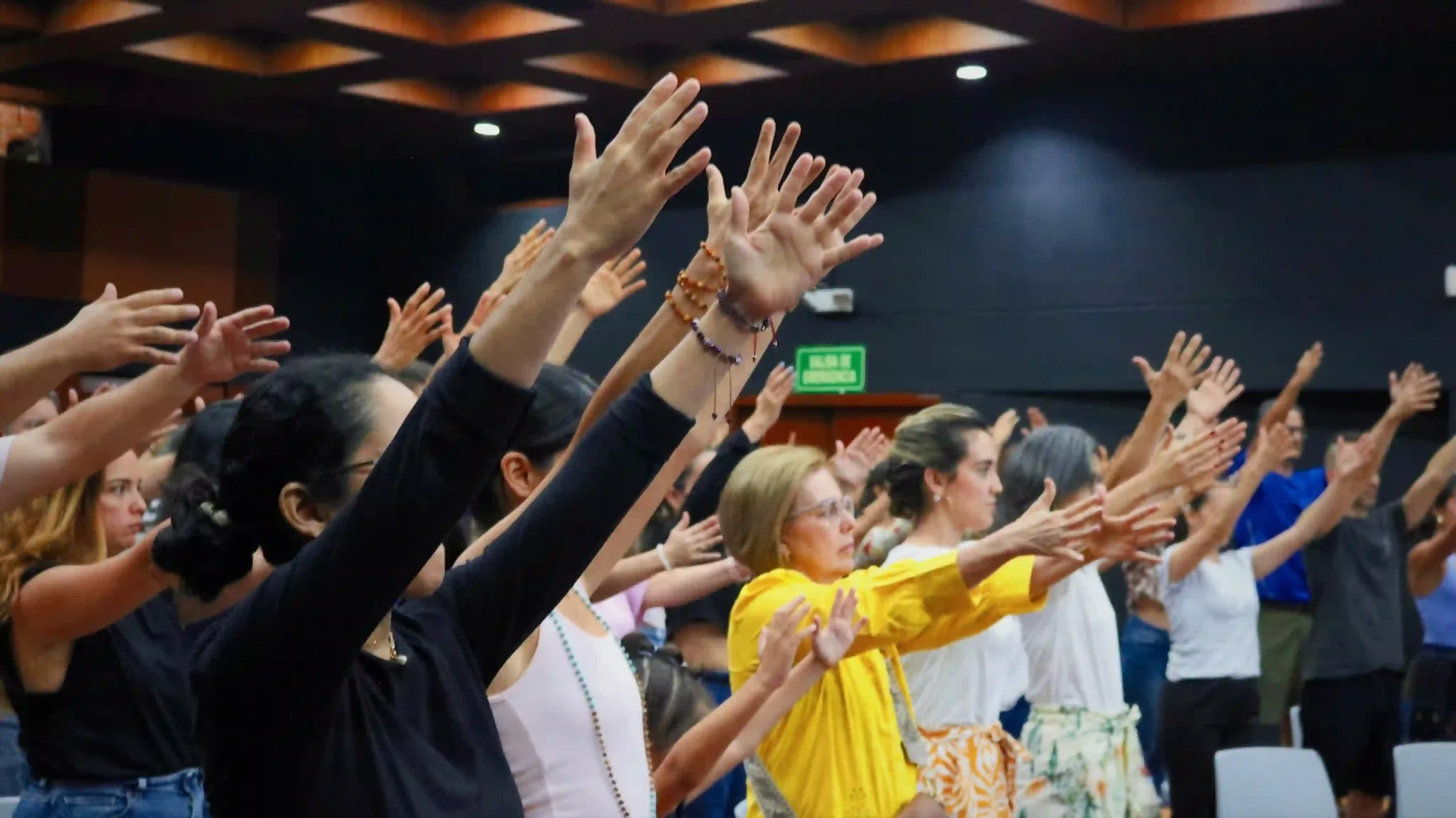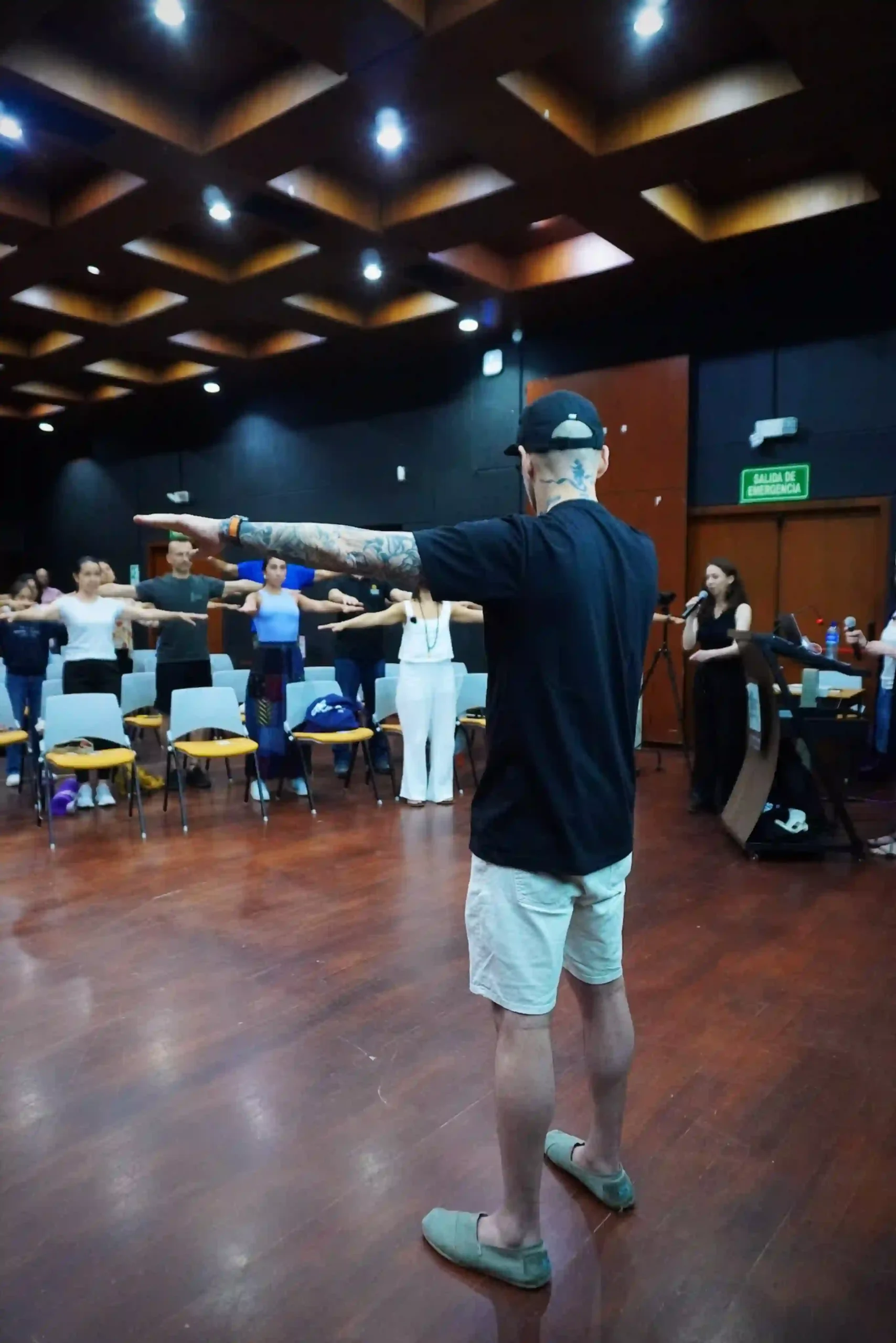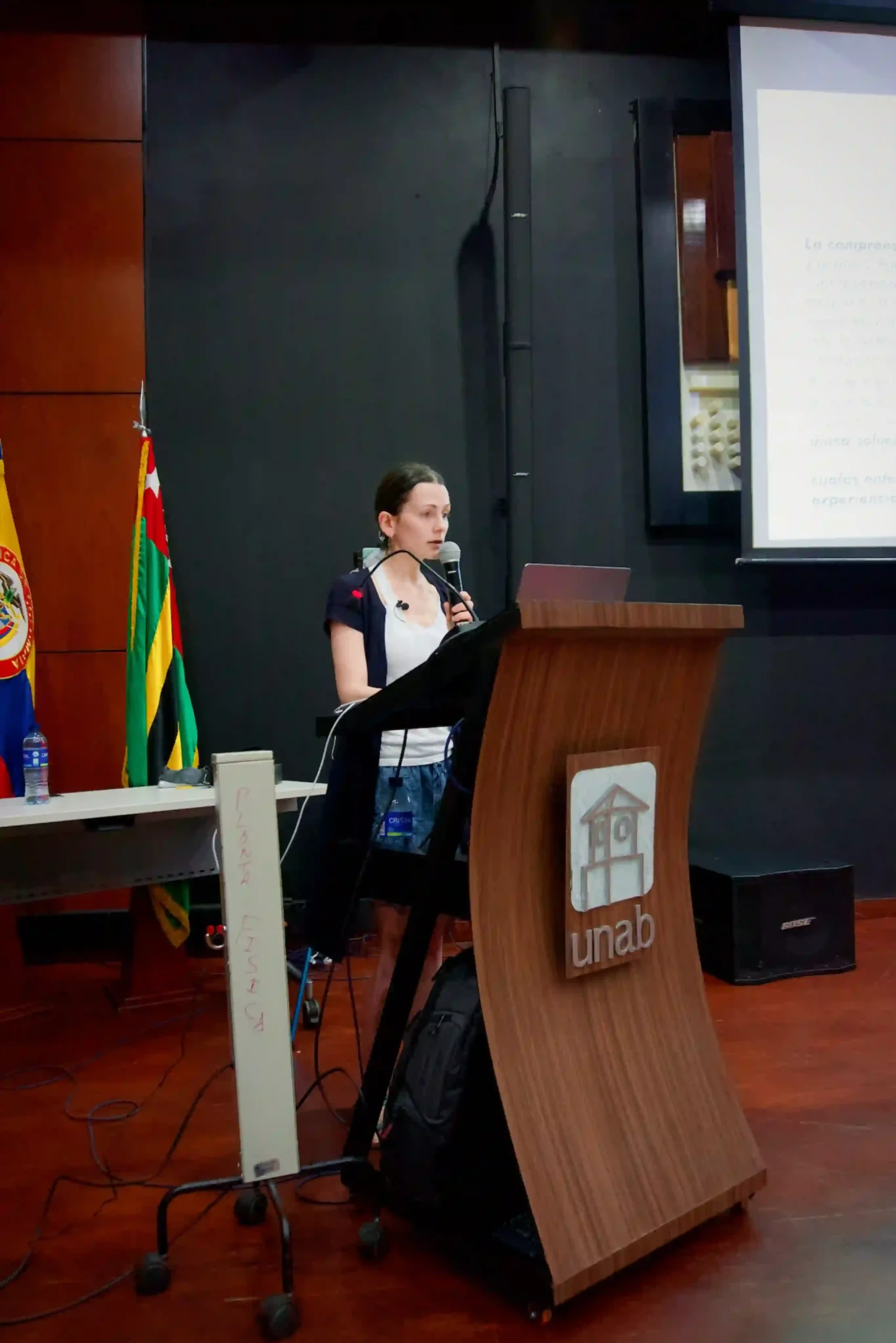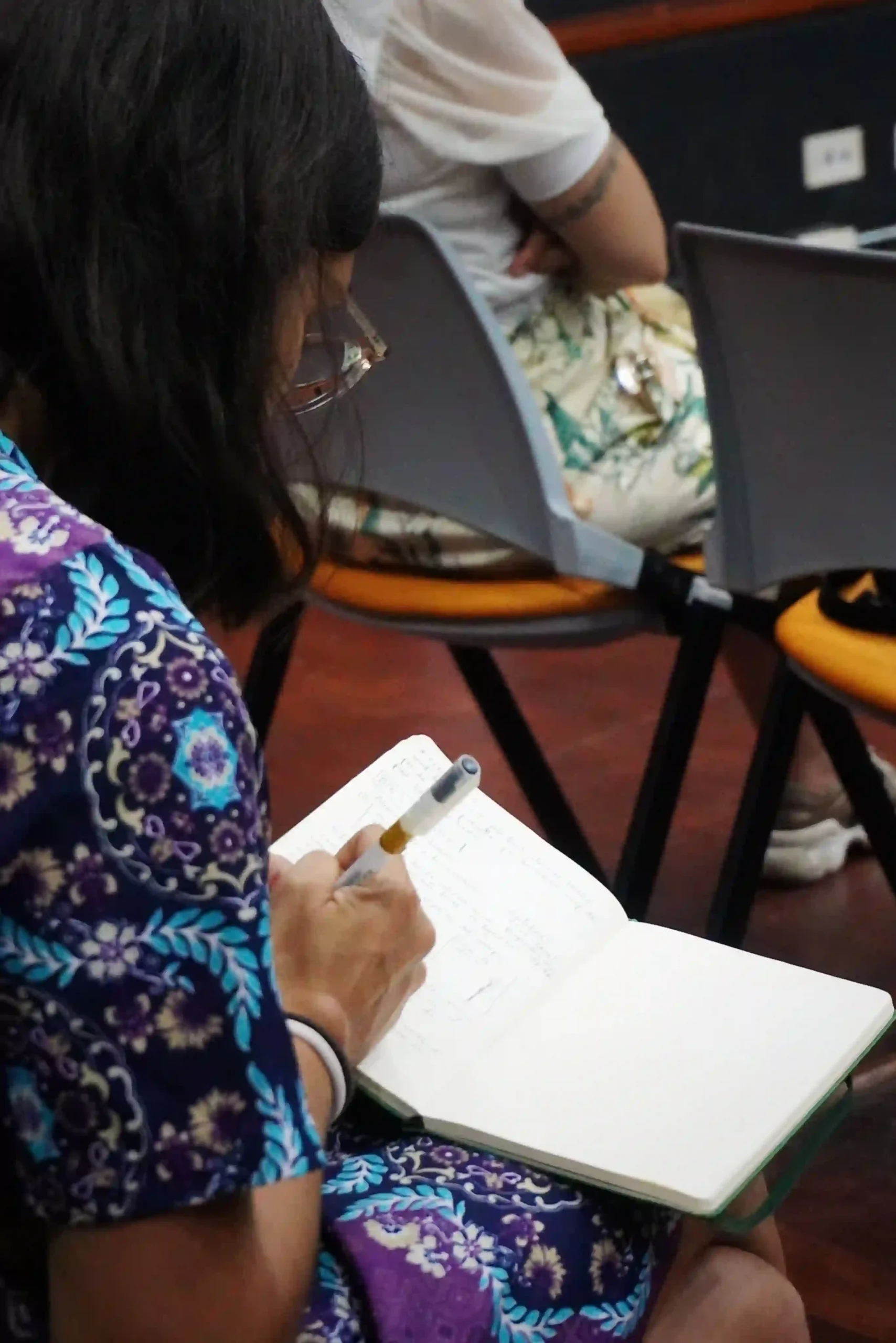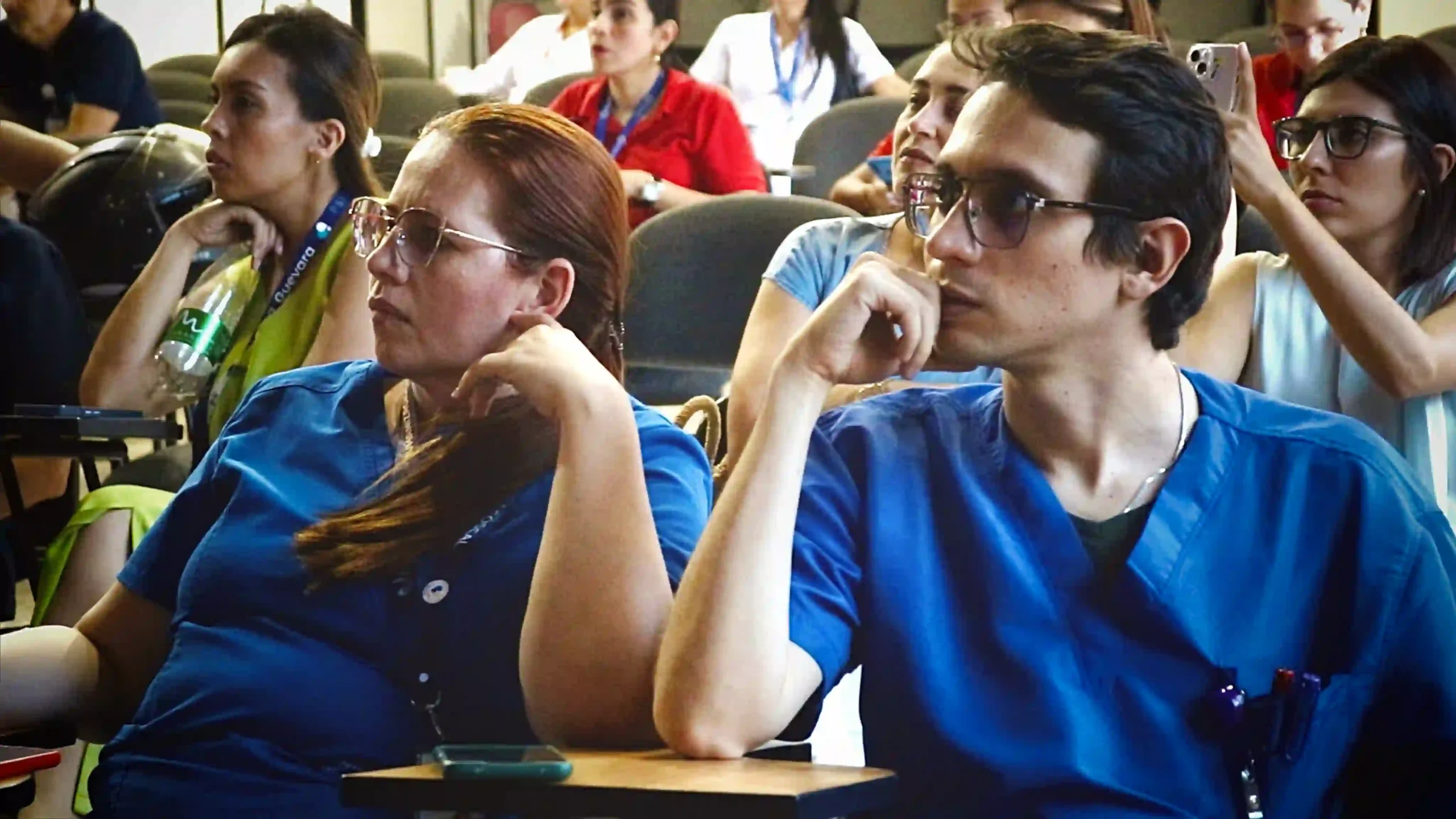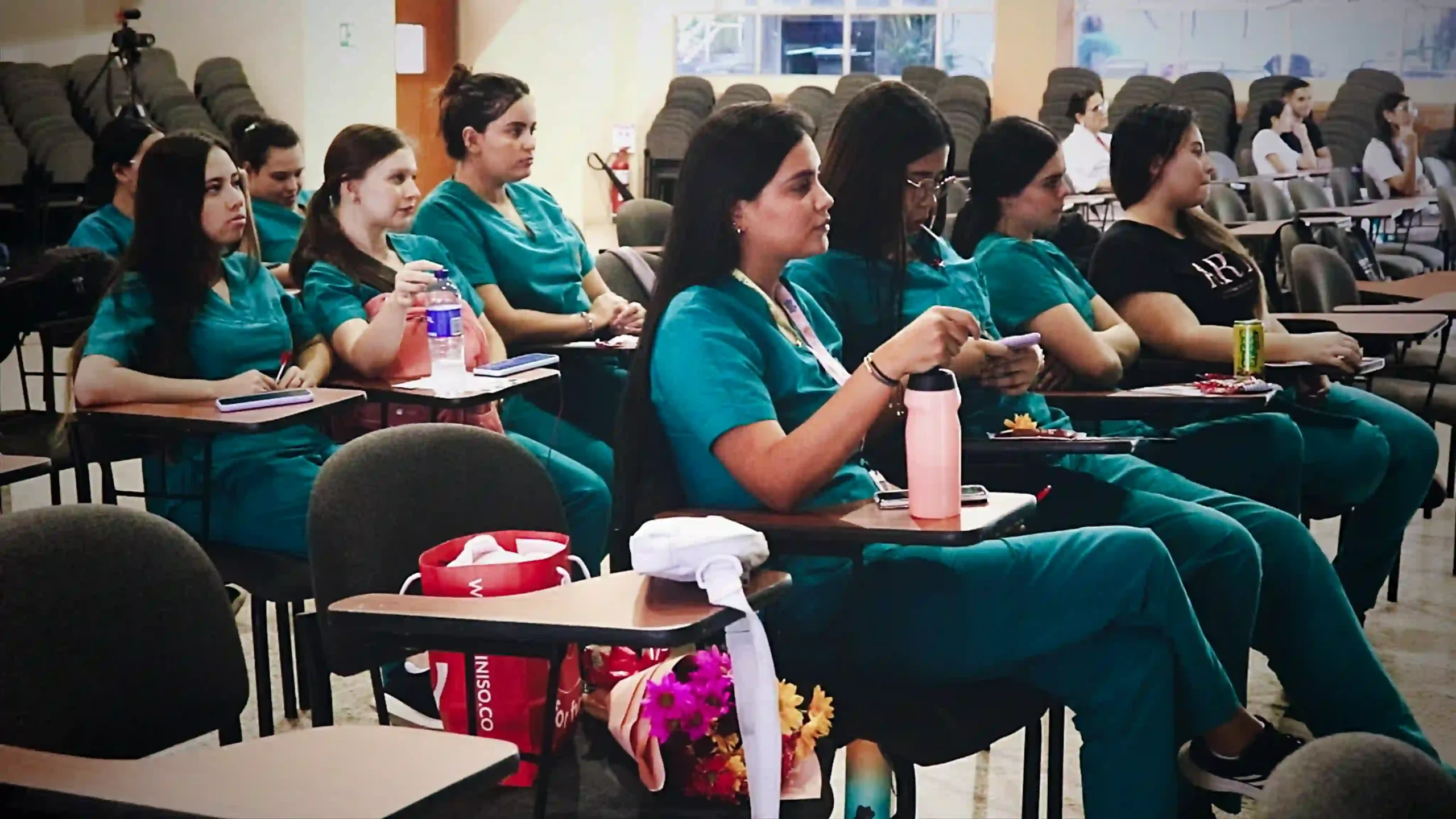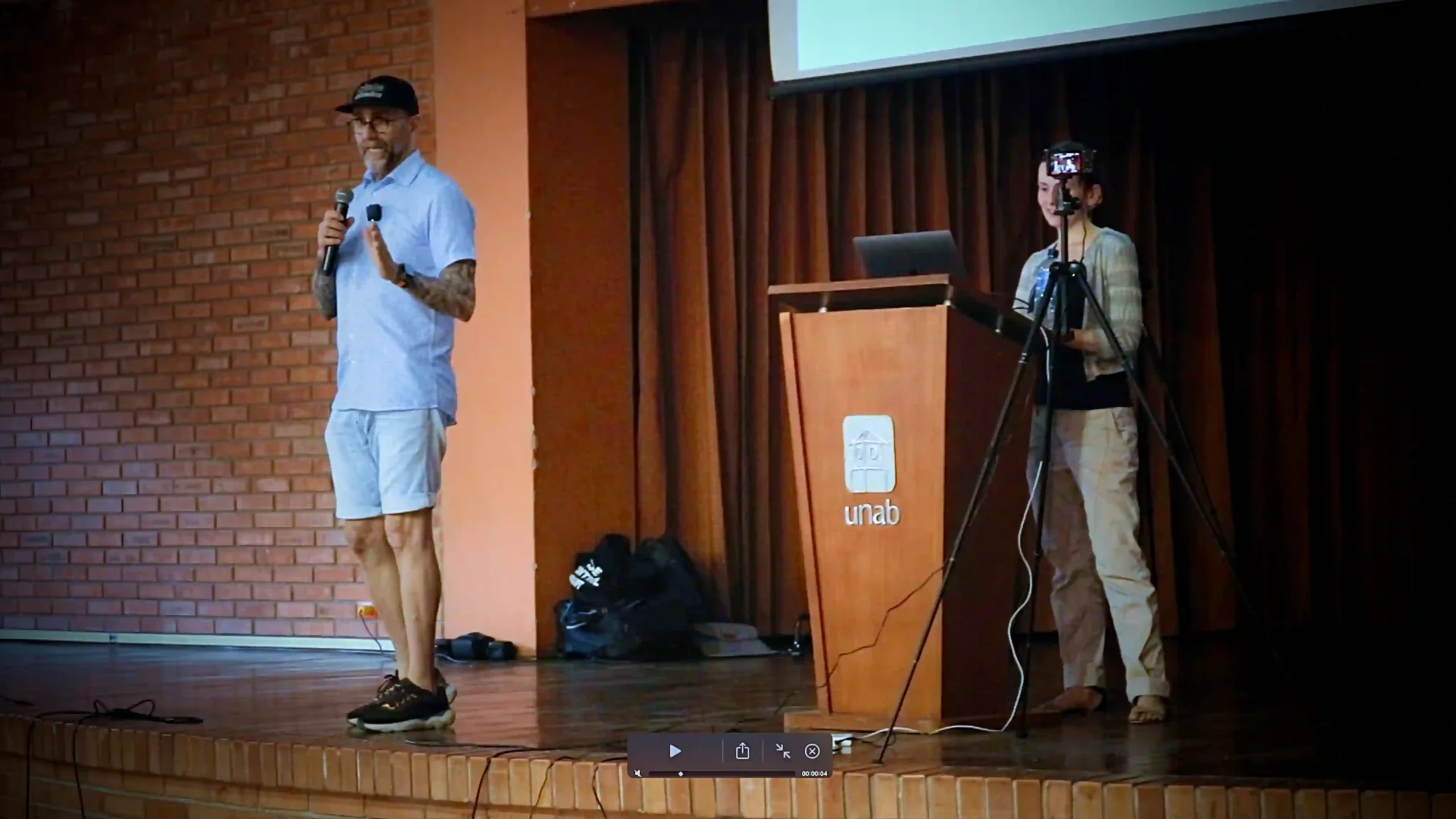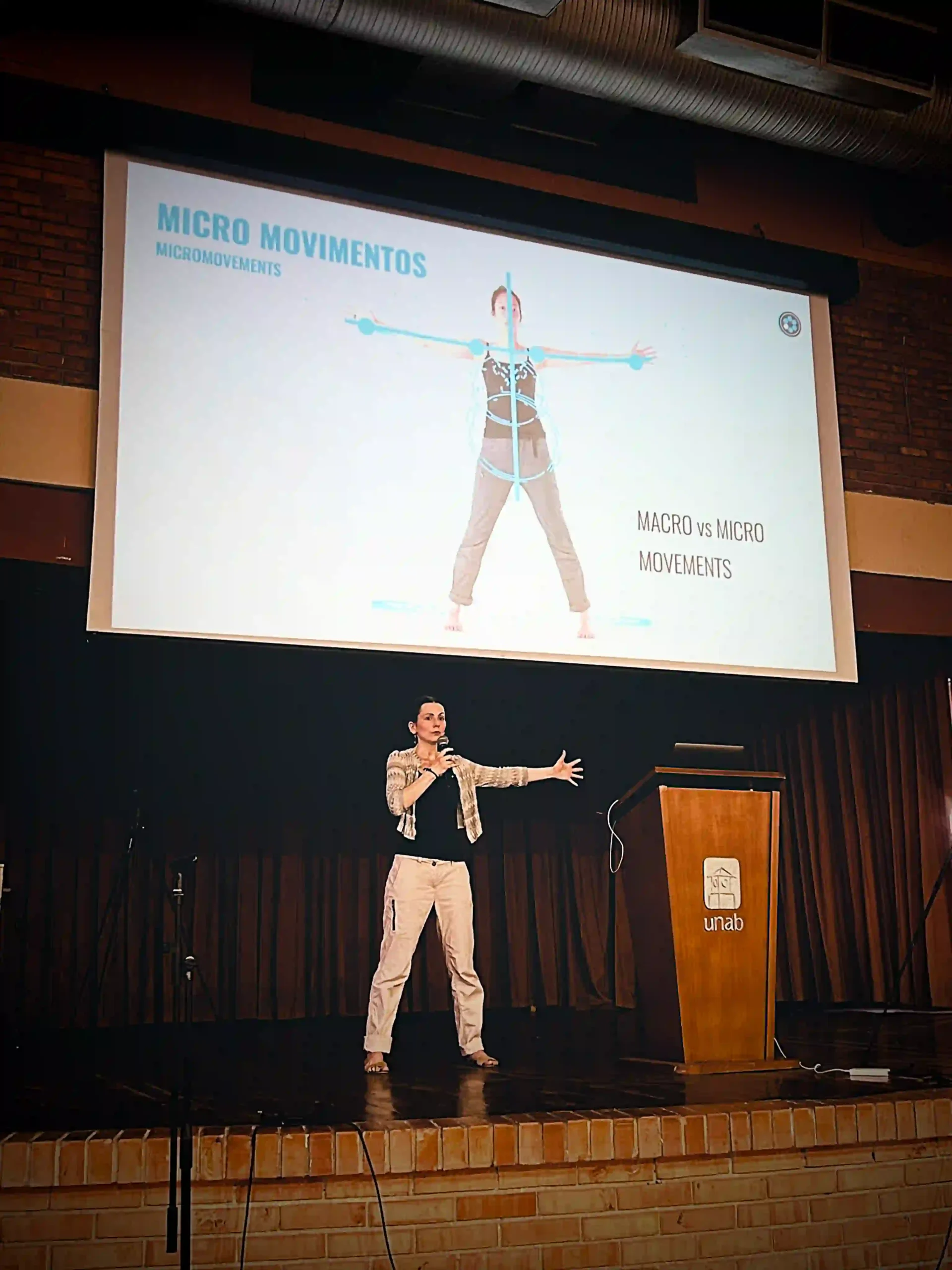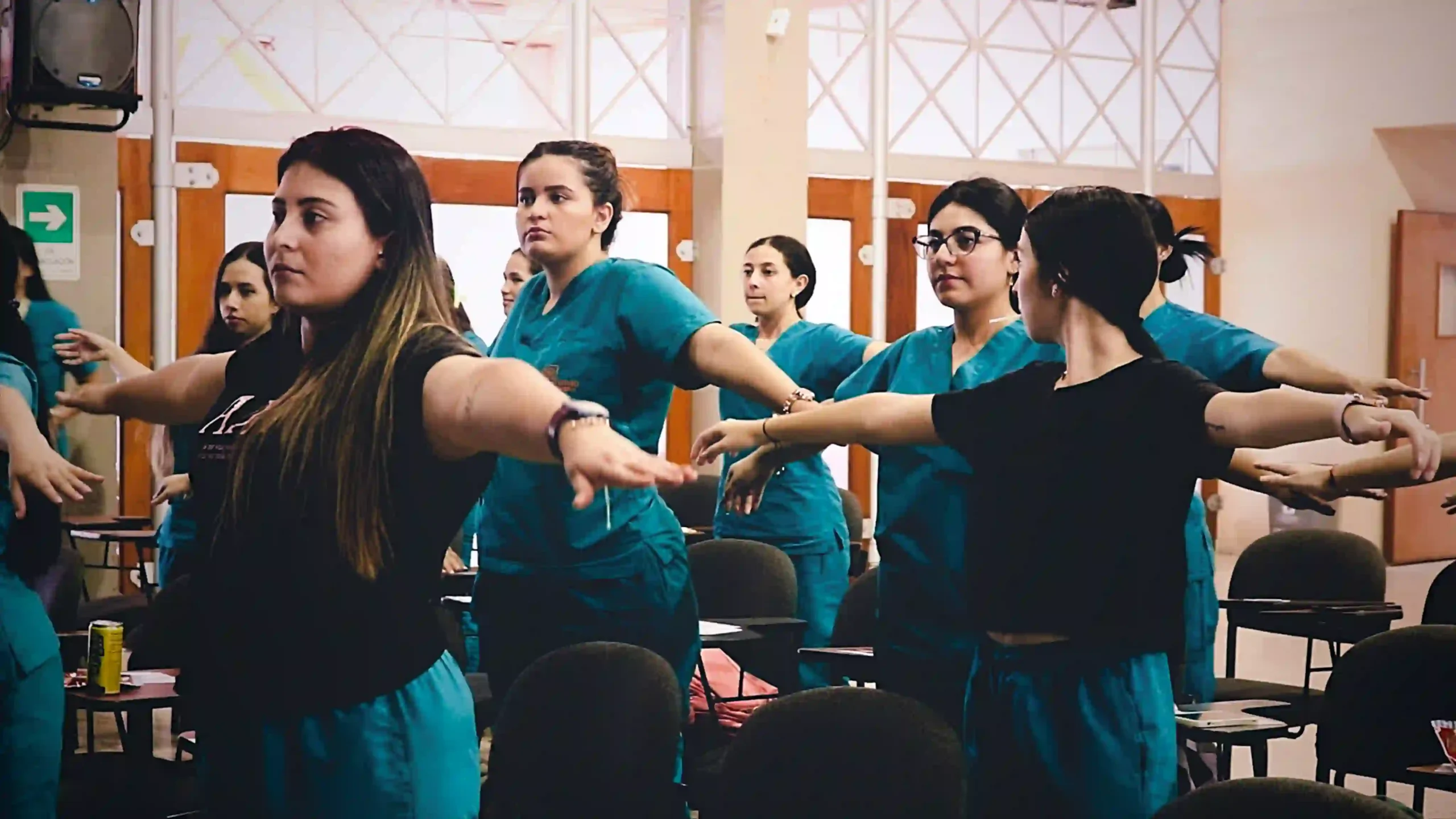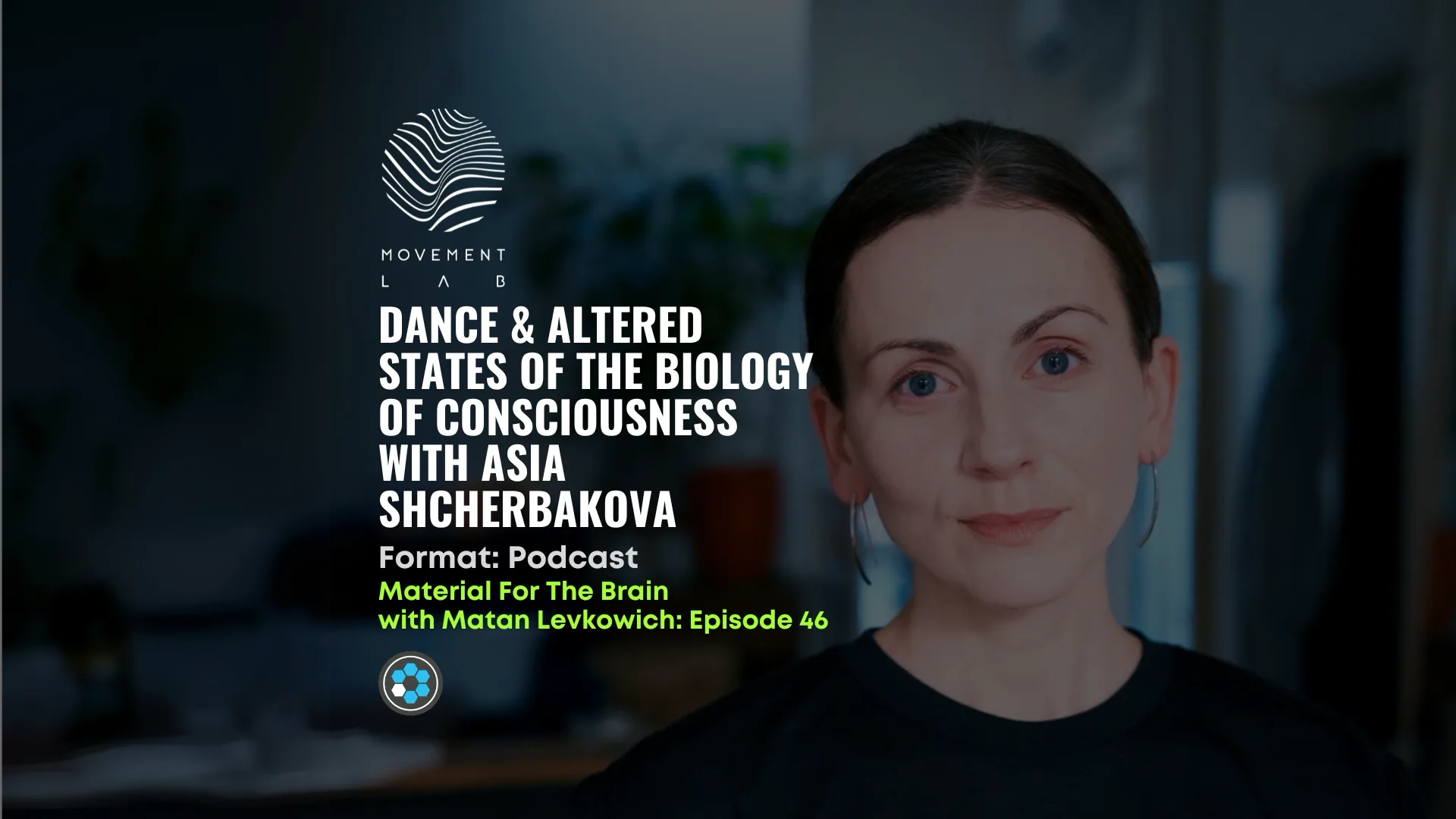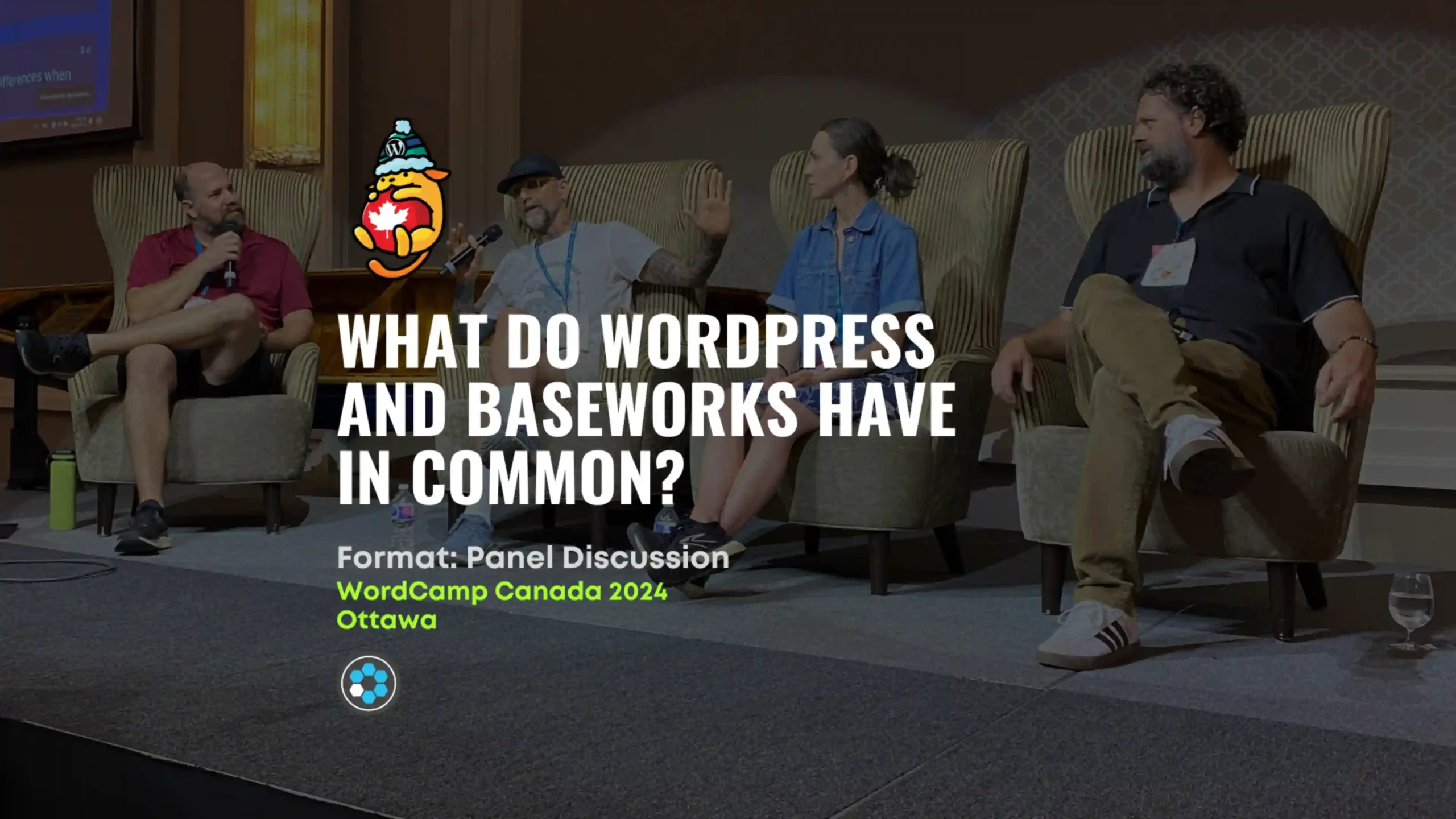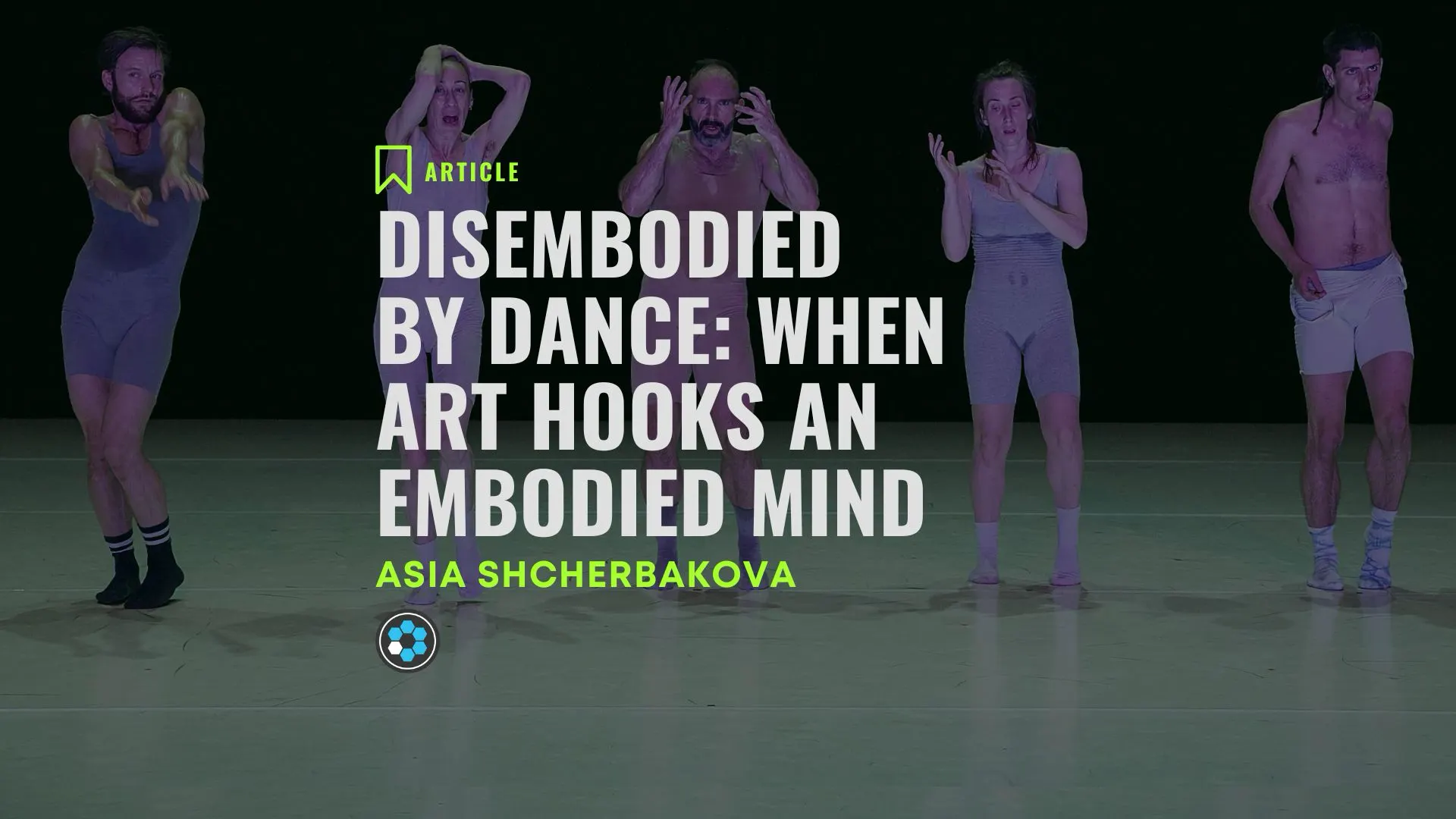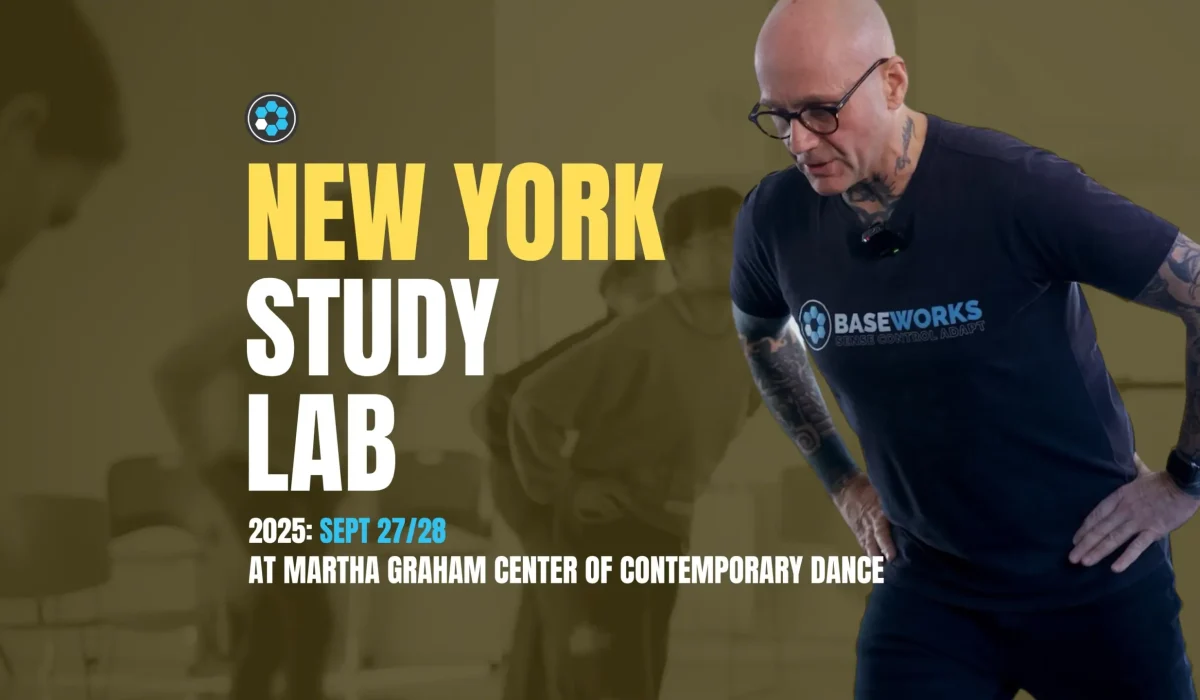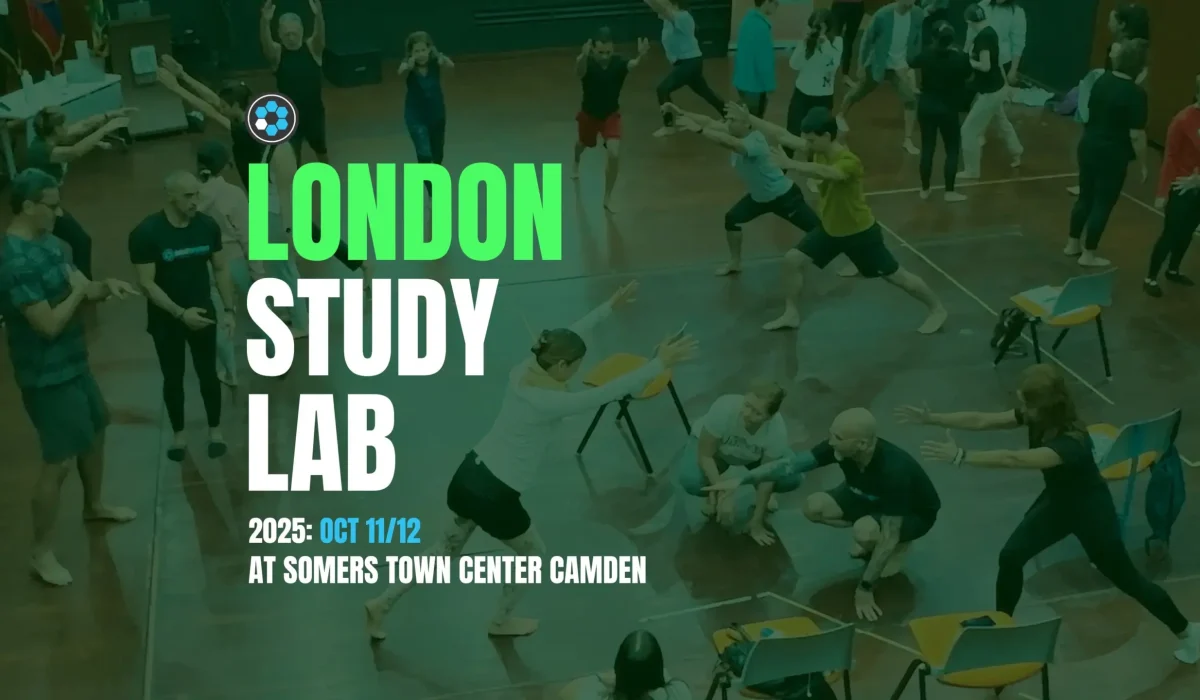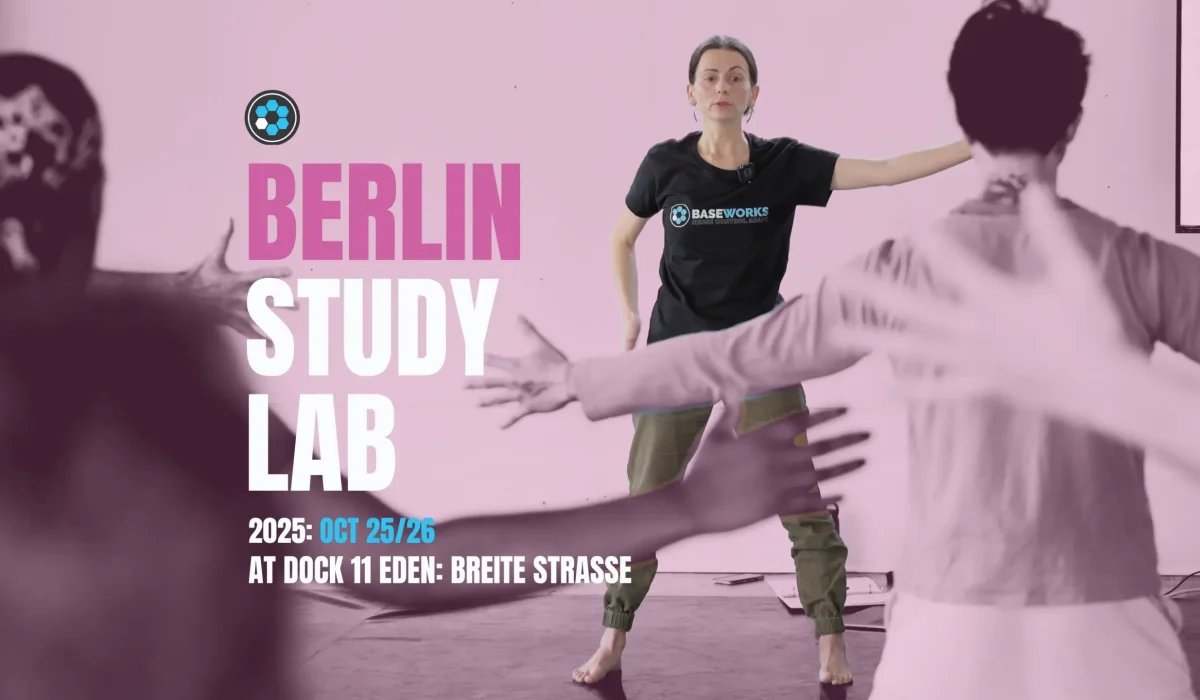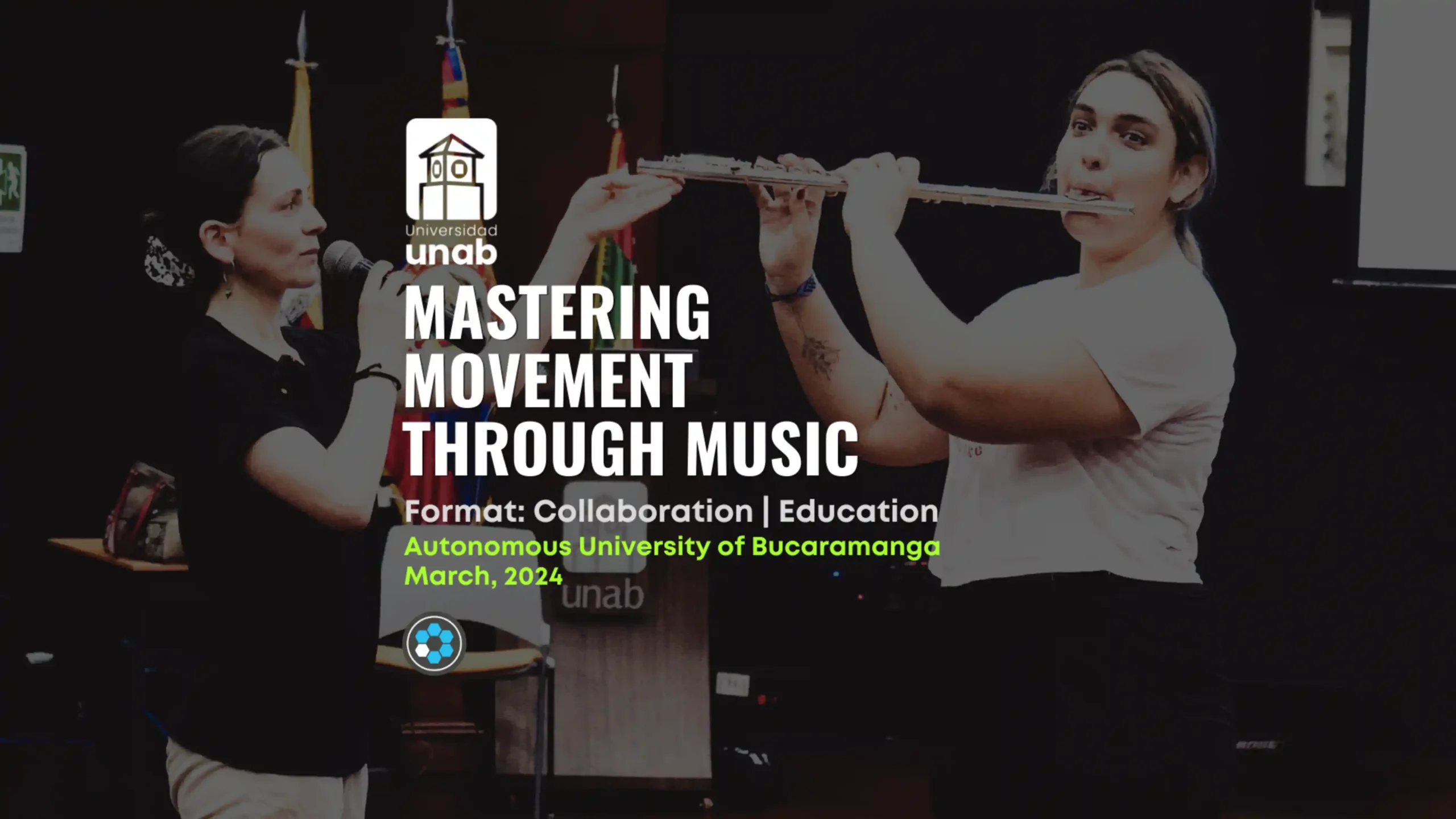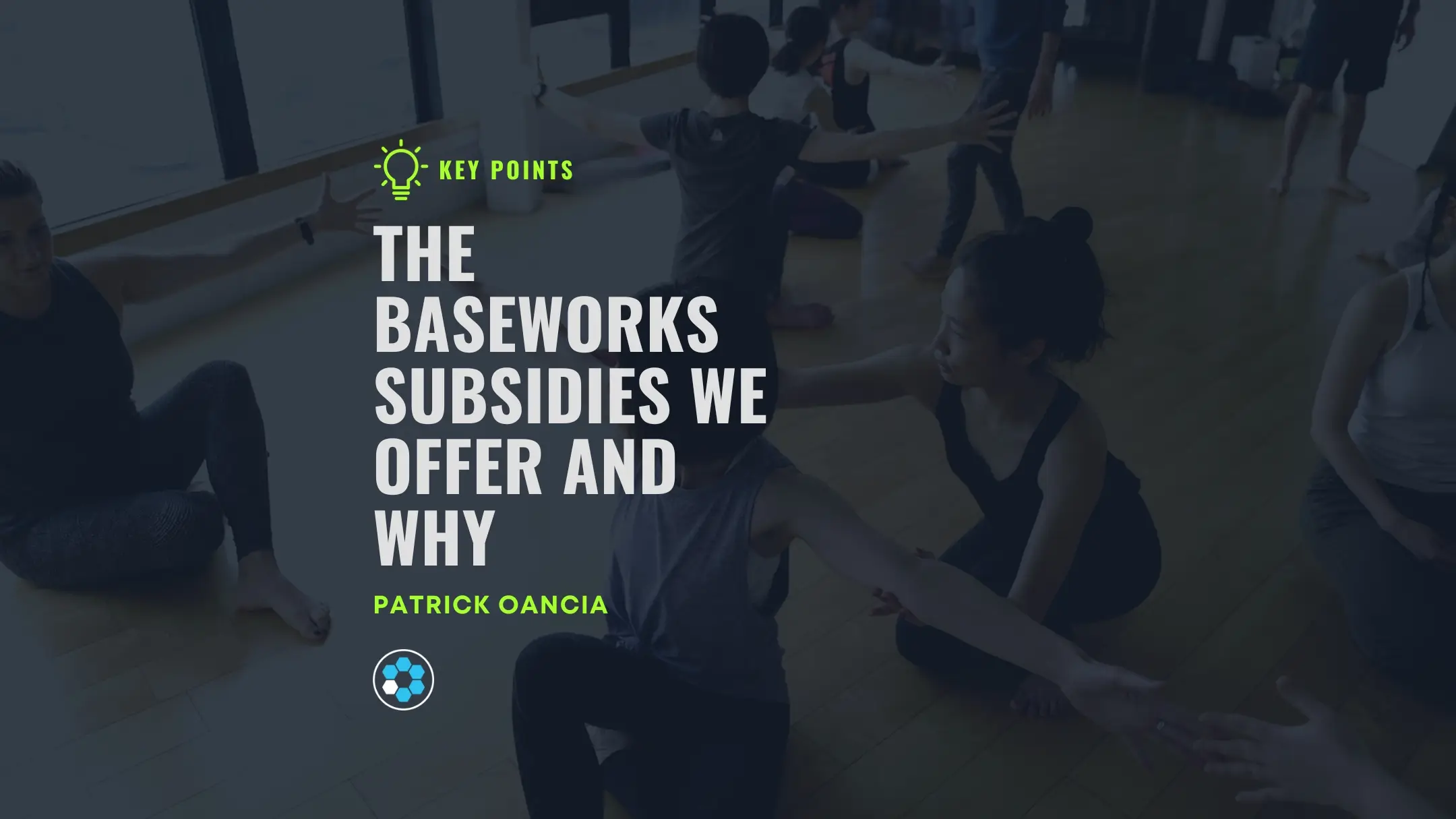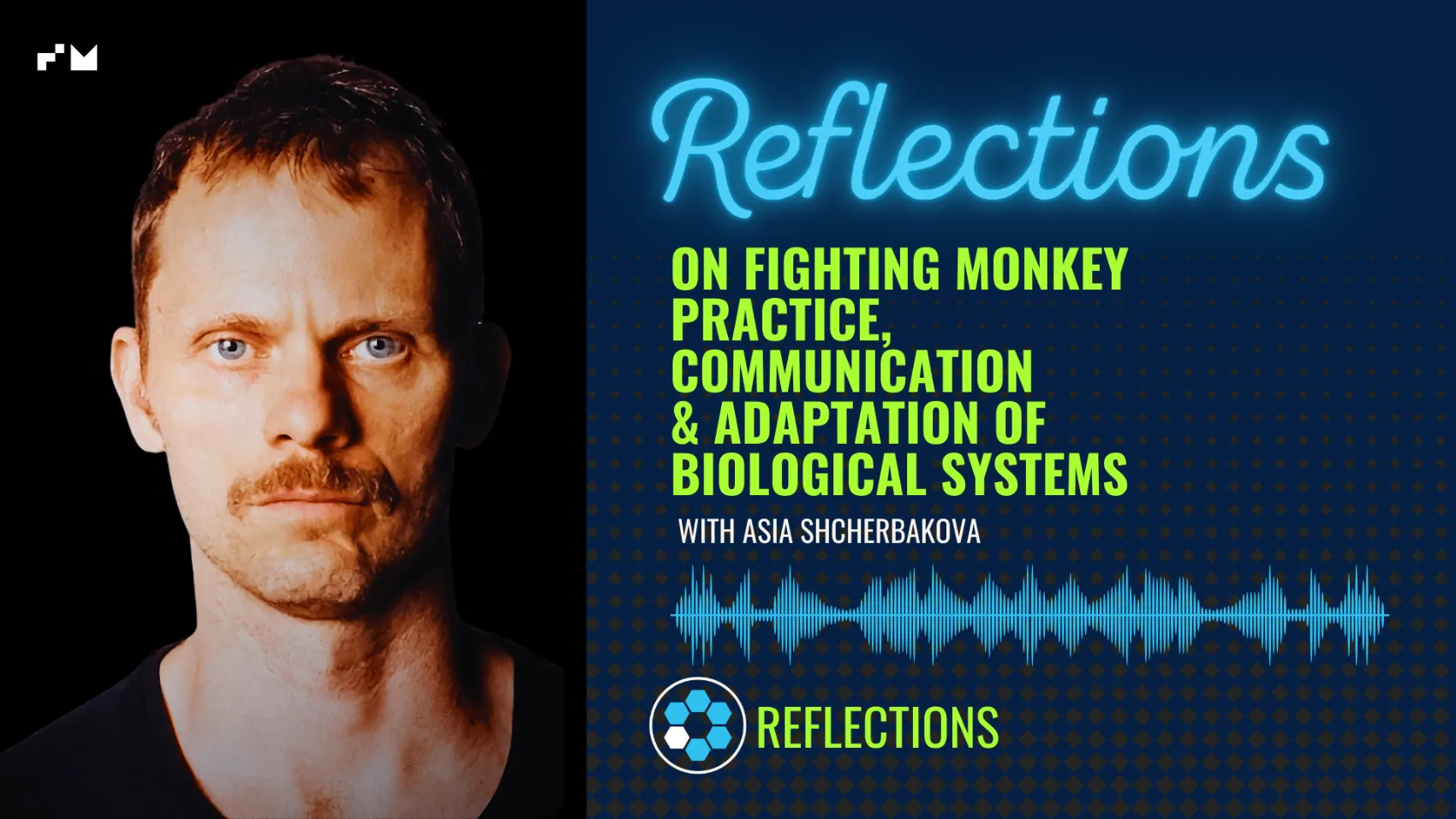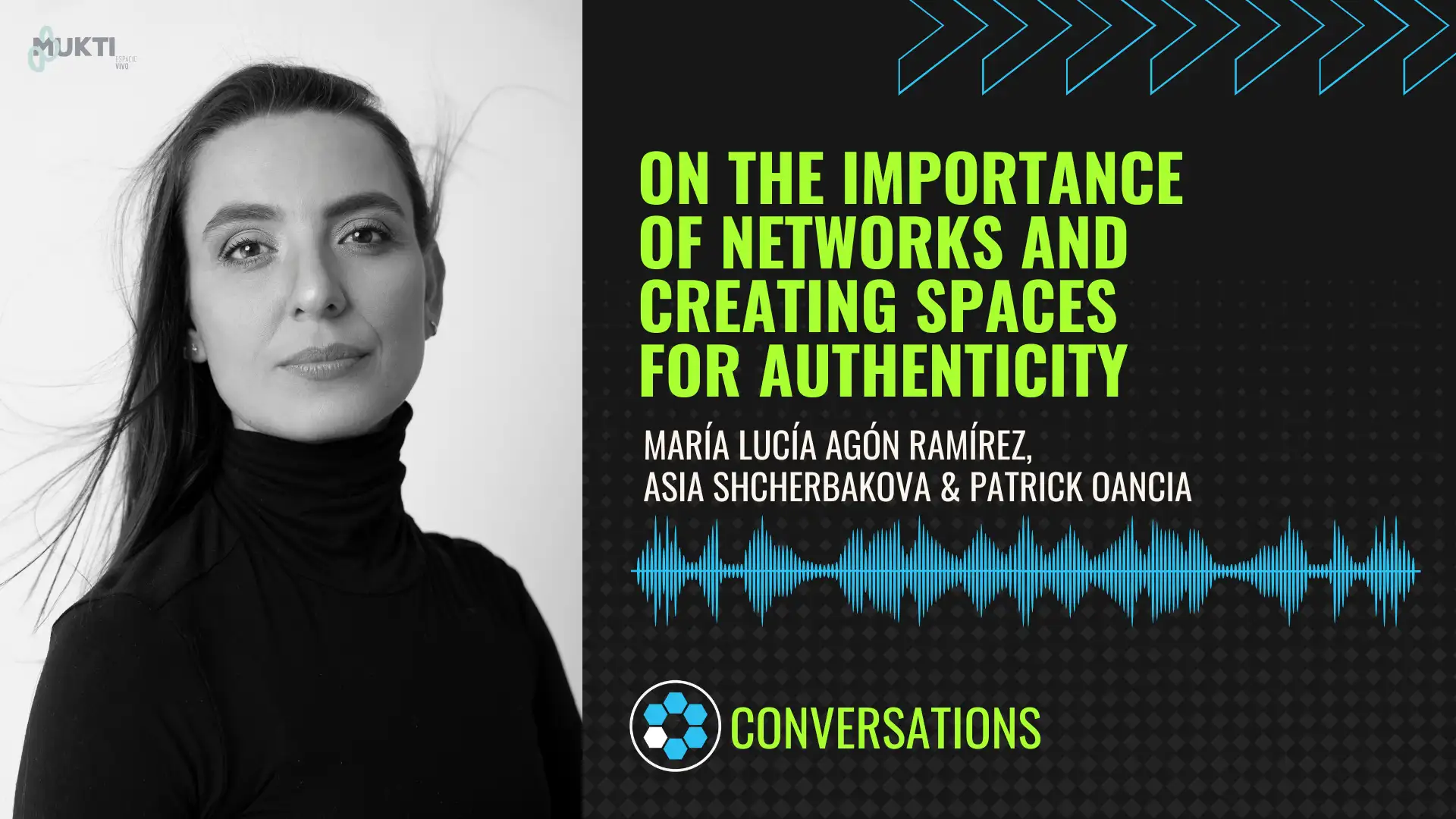In March 2024, we had the opportunity to present our research and findings at the Autonomous University of Bucaramanga (UNAB) in Colombia through a collaborative effort with the university and the center of comprehensive care and mental health consulting Encuadre Psicología. The key topics included the mechanisms underlying decision-making, the notion and types of body awareness, and the approaches to developing self-care skills.
We organized two lectures during this event. The first lecture, titled “Facilitating Autonomy: Making More Conscious Choices — Lessons Learned from and Inspired by Baseworks,” was designed for a broad audience. The second lecture, aimed at clinicians and psychologists, was titled “Movement and Self-Care: A Sensorimotor Perspective on Body Awareness — Lessons Learned from and Inspired by Baseworks.”
Both presentations explored scientific topics drawn from our research, aiming to elucidate the outcomes and underlying principles of various techniques of the Baseworks method.
Designing for Low Body Awareness
In the first lecture, we spent some time tracing the development of the Baseworks movement principles to a distributed participative process. In this process, movement details and instruction cues were continuously modified in a distributed manner within a group of teachers, with the primary goal of ensuring that everyone could understand the instructions and perform the same movement.
Talking about “miscommunication” problems that usually go unnoticed in virtually any movement education environment but become vividly apparent during a Baseworks session due to the specificity of the tasks, we demonstrated a few simple examples. We also guided the audience to perform the movements, immediately demonstrating how a group would typically follow the exact instructions differently.
These “preconceptions” in movement, or movement habits, are a natural consequence of how we develop throughout our lives. However, it is crucial that educators are aware of the “preconceptions” in movement and address them whenever they impede a learner’s progress.
Similar to how it is now widely accepted in architecture and interior design that “Designing for neurodiversity benefits everyone,” the Baseworks development demonstrates that “Designing education approach for learners with low body awareness benefits every learner.”
In bullet-point format, we showed how the concept of “Limitations,” central to the Baseworks approach, grew and diversified into the framework of the 3 Types of Body Awareness, supplemented by a deep dive into the neurological details of perception, action, and cognition.
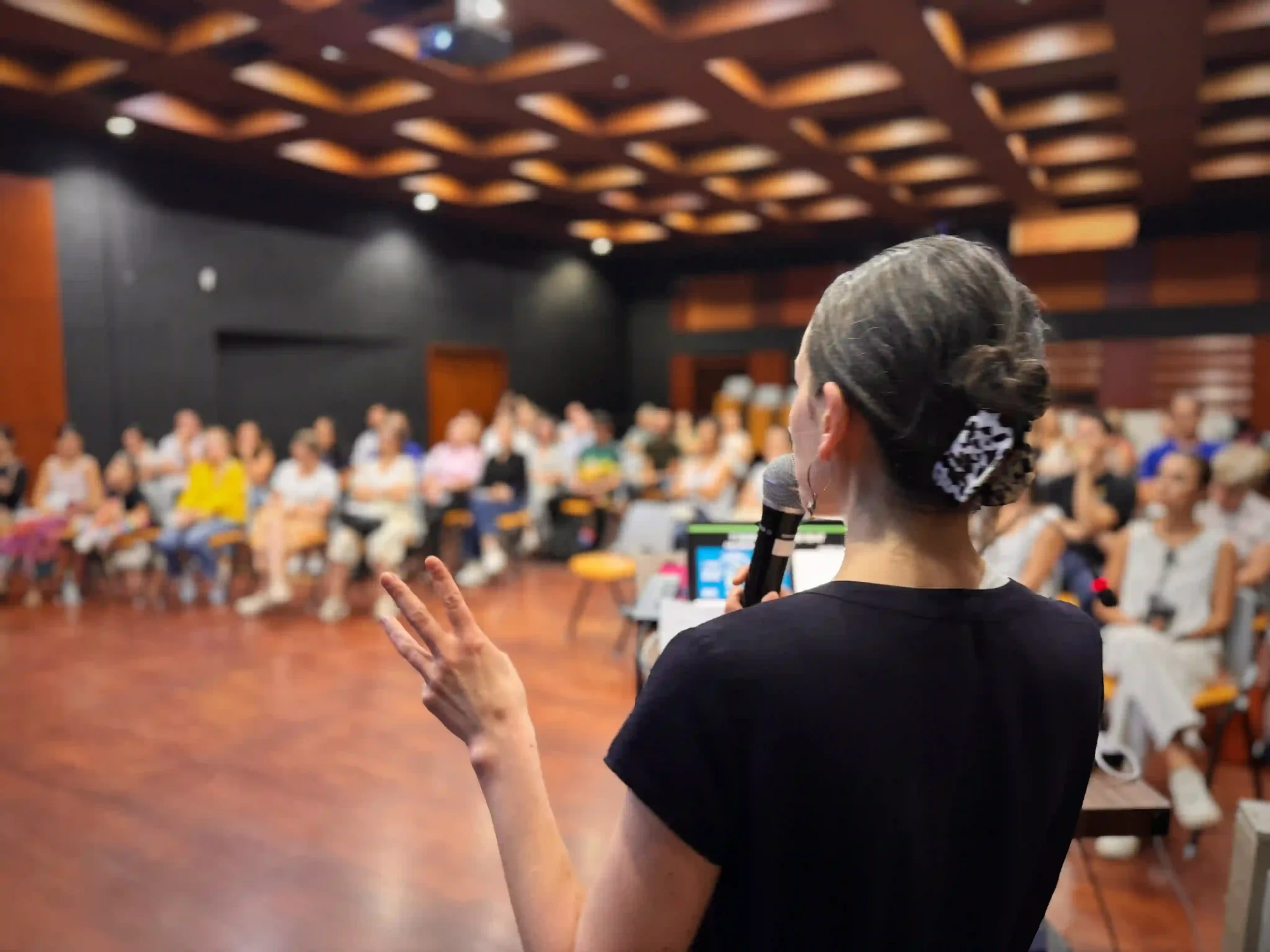
99% Automatic Decision-Making
99% or, possibly, 99.9% of our activity is purely automatic and habitual, from our rising in the morning to our lying down each night.
William James, from: “Talks to Teachers on Psychology” (1899)
Our Concept video “Sense Control Adapt” starts from the following statement: “Many actions in our lives are performed on autopilot. Even when we perceive our actions as conscious, there is a great deal of unconscious processes going on that we are not aware of.”
In a series of slides, we explained in some length and depth how this statement is supported by modern cognitive and neurosciences, with some ideas being more than a century old. Making parallels with widely accepted ideas related to the James–Lange theory of emotion and the practical relevance of developing interoceptive skills, we argued that a similar approach should be taken with other types of body awareness.
The Problem of Popular Science
The problem of popular neuroscience is that it usually brings to the public topics that attempt to explain cognition based on the concepts that come from psychology (which are closer to daily human experience and easier to understand). Because brain function cannot really be decomposed into discrete processes such as “language,” “memory,” or “attention,” using such categories to talk about brain function does little to explain how the brain works.
We talked about a few modern frameworks in neuroscience, which are well supported by data but align very poorly with categories in psychology. Therefore, at this moment, they remain largely invisible and unknown to the general public. Yet, these frameworks have important implications for autonomy—that is, our capacity to be the agents of our actions. These frameworks parallel certain principles that we experimentally developed in Baseworks.
After the lecture, several people expressed to us that the information about the extent of the unconscious processes underlying behavior had deeply impacted them and instantaneously made them want to be more aware of the moment-to-moment details of their experience. We were honored to hear this feedback. That’s precisely the impact we were hoping for when presenting these ideas.
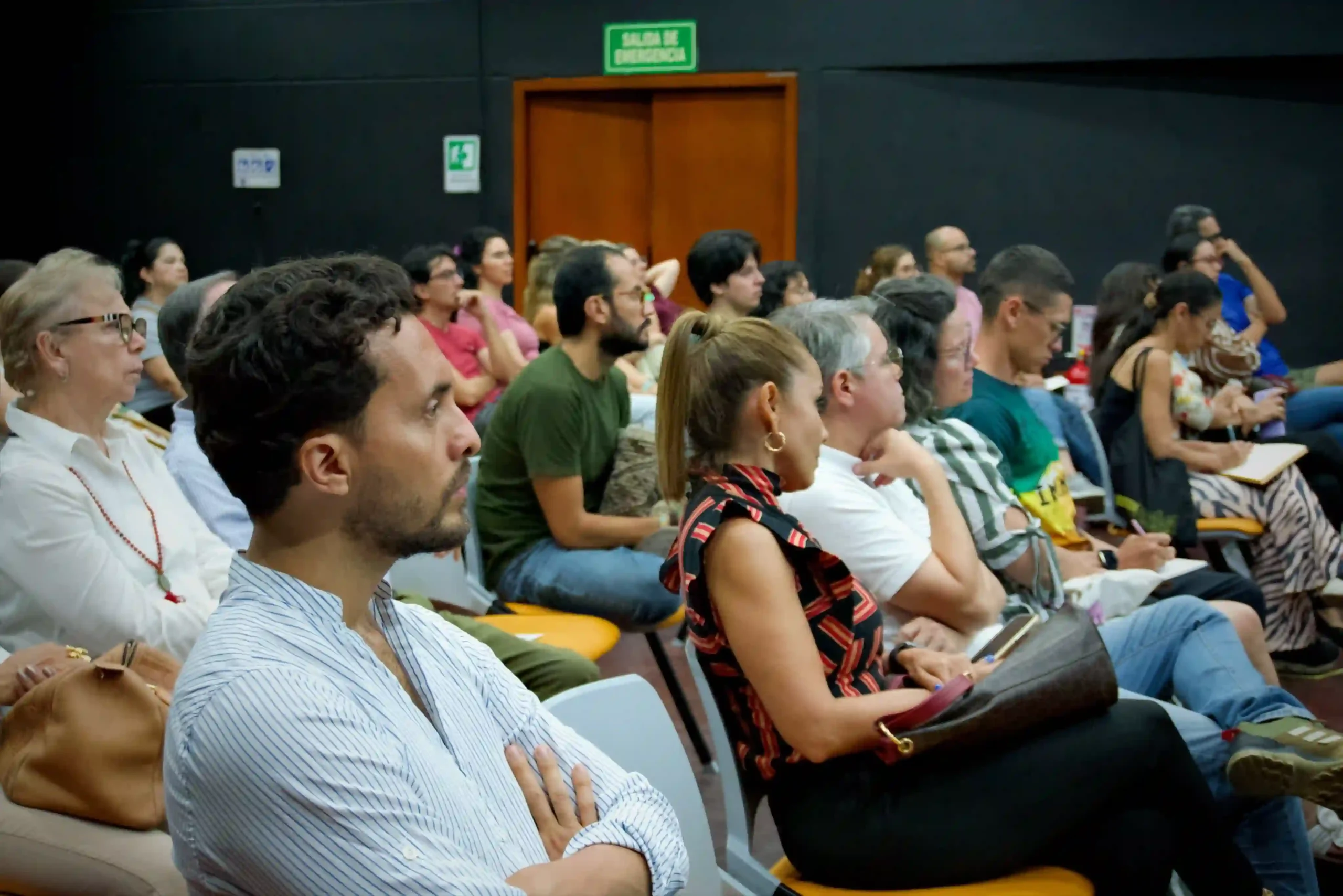
One attendee, a 17-year-old participant of both the lecture and the practical workshop, shared the following feedback:
The experience was extremely enriching. It was incredible to realize the lack of full awareness over our lives and actions. The discussion on the unconscious control of our actions and the revelation that ‘our actions’ might not truly be our own was particularly startling and raised many questions. A major takeaway for me was the possibility of becoming more aware of our muscles and movements, along with the concept of ‘movement maps.’ Thank you very much for an unforgettable experience.
Another person who only attended the lecture shared with us:
I am starting to become more aware of my body’s movements throughout the day. From the moment I wake up, whether I’m walking the dog, brushing my teeth, or sitting down to write an email, I am learning to maintain a comfortable and natural posture. Previously, I often found myself unconsciously adopting uncomfortable positions.
These comments resonate with one of the opening slides in the lecture. It was a quote from a preface to Japanese philosopher Yasuo Yuasa’s book:
Human understanding uses categories and analysis. To understand a phenomenon, we superimpose a conceptual grid by which we relate it to the known and define what must be investigated further. But the grid itself always conceals a bit of reality. <…> The more intently we look for the answer in terms of the grid, the more impossible the task becomes. In such instances the only solution is to readjust the grid, to alter the categories through which we understand the world and our experience.
Preface to Yasuo Yuasa / The Body: Toward an Eastern Mind-Body Theory
We opened the lecture with this quote because it resonates with the changes we believe follow planning movements according to the principle of the Gridlines & Symmetry in Baseworks and its lasting effects on spatial awareness. But it also talks about the possibility of learning through insight – where readjusting the categories that our perception [unconsciously] employs to make sense of the world can sometimes lead to instantaneous changes of perception.
This parallel between actual spatial gridlines and a more metaphorical way to alter habits through a change in perspective was also apparent in the following feedback:
I liked that even when Baseworks sometimes chooses a simplified worldview to interpret itself, it makes total sense at the practical level. That left me with a very deep thought that the brain is not just a machine and that we are at the mercy of what is already programmed, but that depending on how you approach it, it can respond and help you build yourself and your body. By changing the coordinates with which you work, you can generate more important impacts.
Self-Care Skill-Building Decision-Making Practice
The final part of the 1st lecture was dedicated to the practical applications and effects of the Baseworks training. It was based on the analysis of verbal accounts given to us by our students to identify the aspects of the outcomes that these students found most relevant.
One of the themes that emerged from this analysis was that the Baseworks Practice had helped many students to take better care of themselves.
Here are a couple of examples of these accounts from some of our students:
The main impact of Baseworks was that I started taking better care of my body, thinking more long-term with my body rather than short-term.
Baseworks teachers always teach, “Don’t overdo it, and do what you can do that day according to your condition, because your physical and mental problems are changing every day.” But it’s not just about overdoing it, but it’s also about developing the ability to control various parts of yourself. So, when I go home, I also try not to overdo it in my personal and professional life. I am able to intuitively control myself. I really feel that what I learned in Baseworks really grew into those other areas. There’s really no reason to push too hard. So in the long run, thinking about my own benefit, it is really important to be in control and to be able to make various adjustments.
In Baseworks, every minute you’re constantly deciding what’s best for you at the moment, regardless of what others are doing. Unlike traditional sports where performance is measured by how much you can outperform others in strength, speed, or skill, Baseworks measures success by your ability to make smart and appropriate decisions. It’s fair to call it more of a “decision-making practice” than a “movement practice.”
Even though we don’t tell our students what to do outside of class, many of them share how they use what they’ve learned in Baseworks in their daily lives—at work, at home, and in their interactions with others. They often notice they’re less stressed and tired, manage their energy better, and handle their emotions more effectively.
Another student insightfully put it like this:
Rather than doing movements that are exciting, there is this awareness of a threshold line. Above this line, it becomes too much. And, Baseworks is definitely trying to approach it from below.
Although we never teach it in this exact way in class, this is definitely a mental image we have of this concept. In the lecture, we illustrated it with a slide explaining the idea of the “Baseworks Hormetic Zone” as a “conceptual region of intervention” in Baseworks, borrowing this phrase from a paper about Exercise-induced muscle damage.
Commenting on this part of the lecture, a professor in ethical entrepreneurship shared his thoughts:
I really appreciated the concept of the ‘60% effort’ discussed towards the end of your talk, which ties into the Baseworks principle of Intensity Modification. It resonated with me because, in the business world, there’s this prevailing notion that entrepreneurs should push themselves to the limit, often at the expense of their well-being. The practical approach to managing intensity advocated by Baseworks could be incredibly useful for entrepreneurs, helping them apply these principles in various aspects of life. I found this transference absolutely fascinating.
Movement and Self-Care: A Sensorimotor Perspective on Body Awareness
The second lecture took place on a different day within the medical faculty of the UNAB. Given that the audience was composed of doctors, psychologists, and medical students, the presentation was adjusted to be more technical in nature. It primarily emphasized the importance of developing body awareness as a means to enhance self-care skills and cultivate an internal locus of control.
Delivering affordable healthcare often necessitates reducing patient interaction time and streamlining disease treatment approaches. Furthermore, there is a tendency to treat diseases in isolation, without fully considering connections to other life aspects such as nutrition, stress levels, habits, behaviors, emotional and thinking patterns, and overall mindset.
In this lecture, we suggested that promoting a personal understanding of one’s health management can significantly benefit individuals and society as a whole. The discussion highlighted the importance of cultivating various forms of body awareness and control. This kind of development can help in stress management, injury prevention, habit modification, emotional regulation, self-awareness, and optimizing one’s health span.
Initially, we addressed elementary textbook definitions concerning the differences between the autonomic and somatic nervous systems, traditionally presented in stark contrast to each other. According to basic education, we have no control over the autonomic nervous system, while we have complete control over the somatic nervous system. This binary view often forms a foundational understanding for those not specializing in neurology or motor behavior research.
Deeper into the lecture, we explored how this narrative has partially evolved with advances in interoceptive awareness research. Inspired by this, we advocated for a revised perspective on the sensorimotor system. We examined the pathways that transmit various types of sensory information from the skin, muscles, and joints to different areas of the cortex and the subsequent levels of cortical processing. Based on the understanding of this architecture, we presented our model of the 3 types of body awareness, providing insights into their relevance and interconnections.
Developing the 3 Types of Body Awareness
It is well understood that lung disease requires different treatments than liver or kidney disease. Similarly, we suggested, the concept of “body awareness” should not be treated uniformly, as it consists of different components. Typically, either body awareness is perceived as a single entity, which could be compared to treating the lungs, liver, and kidneys as if they were the same, or the focus is exclusively on interoceptive awareness, which could be compared to treating all these organs as if they were all kidneys.
In this part of the lecture, we mapped the applications of the Baseworks movement principles to the 3 types of body awareness. We discussed how each technique targets particular aspects of perception and action circuits.
Stress, Interoceptive Awareness, and Self-Care Skills
The final part of the lecture focused on the mechanisms underlying both short-term and long-term stress response. We highlighted the importance of reducing intensity in physical exercises as a means to preserve natural pain sensitivity, which ultimately aids in better stress management over time.
Furthermore, we highlighted the advantages of shifting the emphasis in physical practice from merely focusing on muscles and joints to including aspects of awareness and decision-making. Such a shift can help develop healthy habits, potentially enhancing lifestyle choices and compliance with treatment plans, thereby contributing to improved physical and mental health at a societal level.
Following the conference, a conversation with the doctors revealed that the presented information was perceived as broad and deep. One doctor remarked, “It is obviously a lot of information to take in,” indicating that the topics discussed are not typically emphasized in the medical education curriculum.
Additionally, we listened to personal accounts from doctors who have had to seek information beyond their medical training and adopt “alternative therapies” to manage the severe physical and mental stress they experienced, especially during the pandemic. These stories underscored the significance of the frameworks discussed in our lecture, emphasizing their importance for medical professionals by offering a more comprehensive approach to health.
Afterthoughts
It was a valuable experience to extensively discuss our work and research findings.
The development at Baseworks consists of two key elements: (1) improving its applications and (2) reverse-engineering those applications. At first, reverse-engineering one’s own developments might seem counterintuitive (why do you need to explain what you’ve developed yourself?). However, the necessity for reverse-engineering can be easily understood considering that creation based on experience, intuition (and participative process), doesn’t always automatically come with the precise understanding of the underlying mechanisms of a solution.
Our reverse-engineering efforts have taken us in unforeseen directions, significantly diverging from textbook and popular narratives. The feedback from our presentations indicates that this approach is not only highly relevant to both the general public and healthcare professionals but also carries implications across various fields, offering the potential for instant changes in perception.
